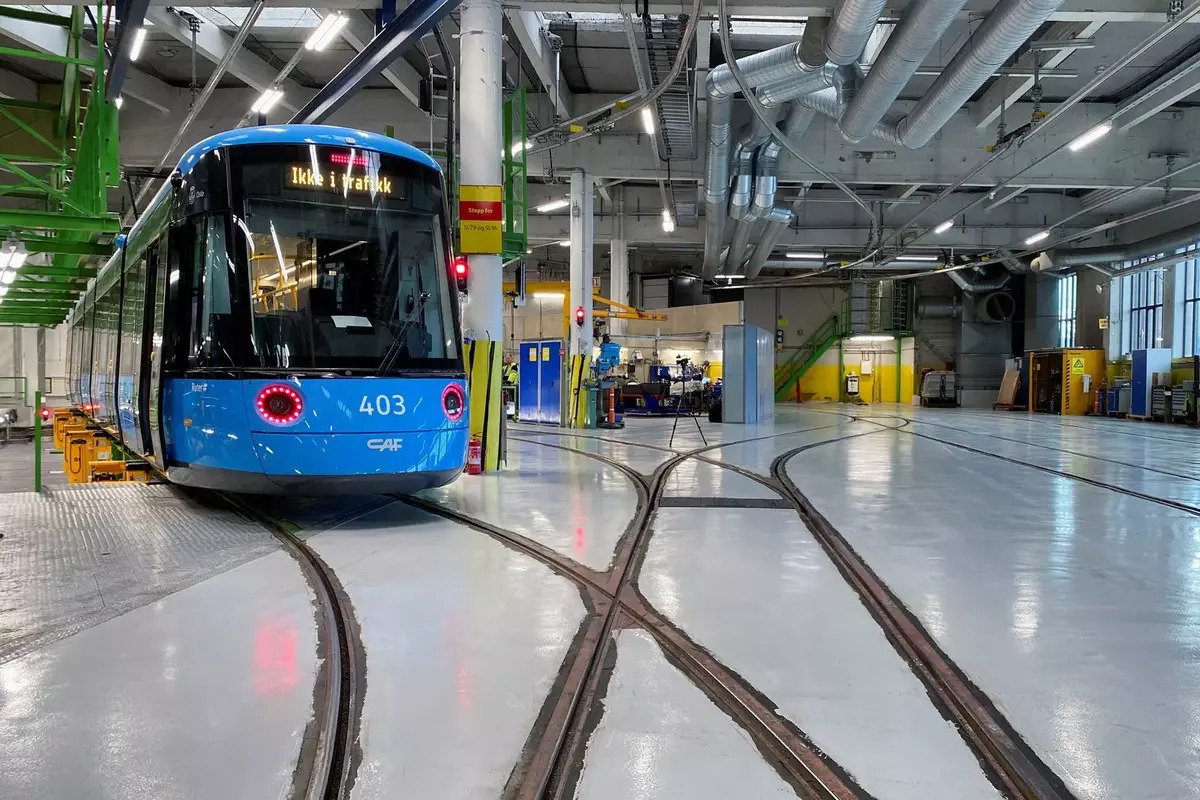THE CLIMATE POINT OF NO RETURN IS LOOMING. HOW CAN WE BEND THE EMISSIONS CURVE?

Image: Reuters/Victoria Klesty
World Economic Forum - January 19, 2023
The current trajectory indicates that the planet is approaching the emissions cliff at an alarming speed. While we cannot lose sight of ambitions to reach net zero decarbonization by 2050, the actions we take today with existing technologies are key to bending the emissions curve before it is too late.
Most analyses (including IPCC scenarios) indicate that limiting warming to 1.5°C requires global greenhouse gas emissions to peak before 2025 and be halved by 2030. We are now at the start of 2023, providing us eight years at the current pace of emissions. In the absence of accelerated and effective emission reductions, including carbon removal technologies, we have limited time before we reach the point of no return. Swift progress is all the urgent in light of continuing disruptive events, such as the Ukraine war. Geopolitical shocks have contributed to an increased use of coal, whose production rose 1.2%, surpassing 8 billion tonnes in a single year for the first time and above the previous record set in 2013, according to the International Energy Agency.
With this in mind and the evidence showing that most “true zero” destination technologies are still in the process of reaching maturity and scale, acceleration of transition technologies that can help to bend the emissions curve today is imperative. Current greenhouse gas emission reductions are not aligned with emissions reduction goal as per the Paris Agreement. We need to conceive and implement actions differently as we look to flatten the emissions curve significantly in the short term. Transition technologies, efficiency measures and low carbon fuels (LCFs) can be feasible cost-effective solutions to cut emissions within the next five years, allowing a runway for destination technologies to ramp up. Putting all of our emphasis on revolution rather than on rapid evolution could be a risky path. We need both pathways in a systemic transition.
However, a key question is: How do we ensure compatibility between short-term action and longer-terms goals? In other words, how do we leverage existing transition technologies decreasing the carbon intensity of economic activity, without compromising the longer-term objective of achieving first net zero and eventually true zero? The answer is not straightforward. It rests not only on technology, but a complex mix of factors including economics and politics. Openly discussing the interplay of all these factors in emissions mitigation strategies is fundamental to all industries and of particular importance in the hard-to-abate sectors, with transportation responsible for a staggering 15% of all emissions.
By no means an exhaustive list, the following are themes that should be at the discussion table:
Transition technologies: a low-hanging fruit
Firstly, short-term abatement solutions that leverage transition technologies exist and can be deployed and financed today. Multiple technologies are already at commercial stage; most need lower investments to retro-fit existing infrastructures instead of building new ones, and most technologies are already at a mature stage. Such solutions can effectively help bend the emissions curve in the next five years. How much space can we create in the carbon budget if we scale up LCFs within that time? The data and calculations underpinning this are pivotal to ensure we are making the right decisions on the path to true net zero by 2050.
Optimal tipping point: timing is crucial
Secondly, it must be recognized that in a context of limited resources, some investments will favour short term over long term and vice versa. Using the LCFs example above, what is the right timeline to leverage this transition technology while not inhibiting the maturing of true zero technologies? We need to look at the transition with a systemic view and identify the actions that allow us to replace our infrastructure and assets in the most optimized manner, providing us with the largest emissions reduction over time. It is not only a question of how resources from business and public sector are allocated, but also how to support and incentivize consumers in this journey.
Policy-makers: optimal application of incentive structures
A critical question for policy-makers especially, is how to balance focus in implementation and deployment of transition technologies and the support, development and confirmation of destination technologies. We need incentives, but incentives to deploy the transition technologies would have to be phased out over time and replaced with ones that to a larger and larger degree move production and deployment towards the destination ones. Achieving the right balance is not easy: Some transition technologies should remain transition technologies and must not be an impediment to reaching the destination. How can incentive structures successfully support the right decisions now while establishing a pathway to our end goal?
Resilience: navigating despite external distortions
Short-term abatement action should help us to avoid the emissions cliff and build the bridge and runway to deploy destination technologies on time and with scale. Net zero goals for 2050 are for most instances still ambitions, and the consequence can be that destination technologies translate into a lack of action with their widespread deployment remaining forever out of reach. Without a timely response, we would lose crucial years. This further highlights the need to combine a pragmatic approach today without compromising the one for mid-century.
Despite the great progress made in the past decade, we continue to face the challenges of the “energy triangle” – trying to find a balance between energy access, affordability and sustainability. Given there will always be external factors distorting our plans, global shocks need to be part of our optimization plans; we cannot afford to take two steps forward and one step back each time the unexpected strikes.





